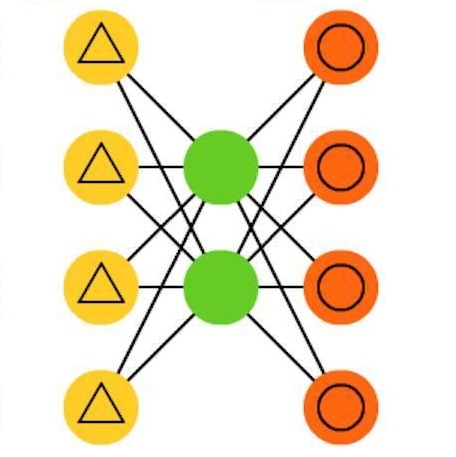The primary expectation from positioning systems is for them to provide the users with reliable estimates of their position. An additional information that can greatly help the users utilize the position estimate is the level of uncertainty that a positioning system assigns to the position estimate it produced. The concept of dynamically estimating the accuracy of position estimates of fingerprinting positioning systems has been sporadically discussed over the last decade in the literature of the field, where mainly handcrafted rules based on domain knowledge have been proposed. The emergence of IoT devices and the proliferation of data from Low Power Wide Area Networks (LPWANs) has facilitated the conceptualization of data-driven methods of determining the estimated certainty over position estimates. In this work, we analyze the data-driven based determination of the Dynamic Accuracy Estimation (DAE), considering it in the broader context of a positioning system. More specifically, with the use of a public LoRaWAN dataset, the current work analyses: the repartition of the available training set between the tasks of determining the location estimates and the DAE, the concept of selecting a subset of the most reliable estimates, and the impact that the spatial distribution of the data has to the accuracy of the DAE. The work provides a wide overview of the data-driven approach of DAE determination in the context of the overall design of a positioning system.
翻译:定位系统的主要期望是向用户提供其位置的可靠估计; 能够大大帮助用户使用位置估计的另一种信息是定位系统对所产生位置估计的不确定性程度; 过去十年来,实地文献对动态估计指纹定位系统定位估计的准确性的概念进行了零星的讨论,其中主要提出了基于域知识的手动规则; IOT 设备的出现和低电广域网数据的扩散,便利了数据驱动方法的概念化,以确定对位置估计的估计的确定性; 在这项工作中,我们分析了动态准确度动画(DAE)以数据驱动的确定方法,同时考虑到在定位系统的更广泛范围内; 更具体地说,利用了公共LOWAN数据集,目前的工作分析:在确定位置估计的任务与DAE任务之间重新划分现有培训组,选择最可靠的估计组子的概念,以及数据的空间分布系统对DAE总体定位方法设计的影响。





